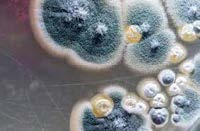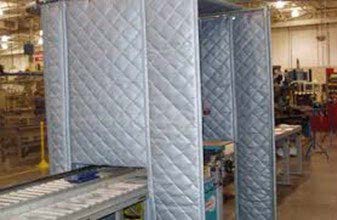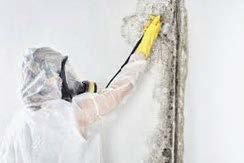Water damage from natural disasters can result in mold growth.
Following the devastating effects of Hurricanes Helene and Milton, workplaces with water damage (including flooding, excess rainwater, and/or damaged plumbing) should be monitored for mold growth.
How does mold grow after a hurricane?
- Mold can form on materials that contain moisture.
- Mold often forms 24 to 48 hours after water damage.
- High humidity levels can contribute to mold growth.

How to identify mold growth?
- Visually inspect your workplace for mold growth, focusing on areas of water damage and materials that can contain or hold liquid.
- Unusual odors can indicate the presence of mold. The smell of mold is often described as musty, earthy, and/or unpleasant.
- Unexplained respiratory or skin issues can be an indication of mold growth.
- Mold is often hidden inside walls, in crawlspaces, under or within furniture, and in other spaces not easily visible.

What to do when mold growth is found?
- Ensure that no water or moisture is still entering the area, then dry the area to prevent additional mold growth. The drying process could include fans, dehumidifiers, or other means of water removal.
- Determine the scope of the mold growth.
- Begin mold remediation.
- Any dust removal should be completed with a HEPA vacuum.
- Mold remediation is hazardous. It is important to follow appropriate mold remediation procedures, engineering controls, and to wear proper Personal Protective Equipment (PPE) during the process.

McCraren Compliance offers many opportunities in safety training to help circumvent accidents. Please take a moment to visit our calendar of classes to see what we can do to help your safety measures from training to consulting.
Original article published by MSHA


